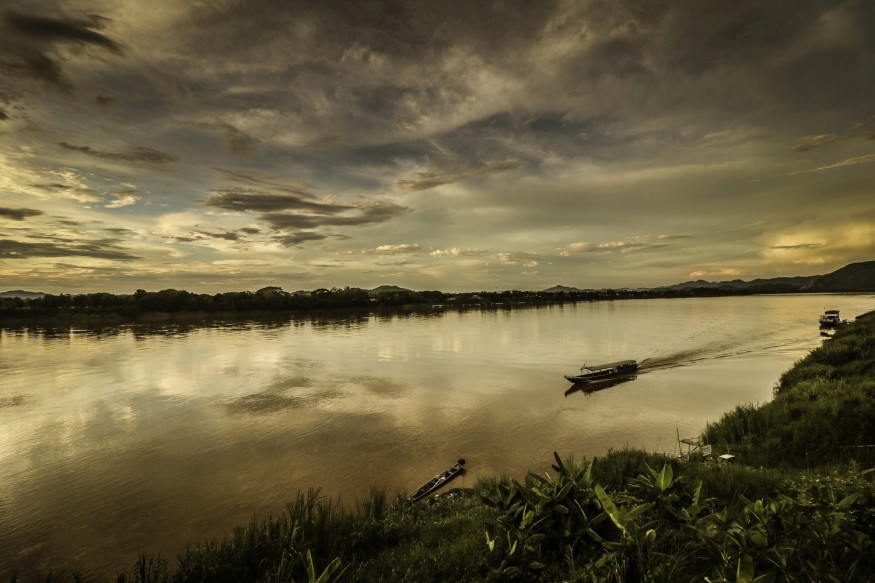In more than a quarter of the places analyzed, a new research looking at the prevalence of medicines in the world's rivers showed amounts at potentially dangerous levels.
The new study looked at the prevalence of 61 medications, such as carbamazepine, metformin, and caffeine, in 258 rivers worldwide, including the Thames in London and the Amazon in Brazil.
Studying Rivers All Over the World

The researchers looked at rivers in more than half of the world's countries, including 36 that had never been tested for drugs before, as mentioned in Science Daily.
The new study is the first global-scale assessment of pharmaceutical pollution in the environment. It is part of the University of York's Global Monitoring of Pharmaceuticals Project, growing dramatically in the previous two years.
The researchers discovered in their most recent study that:
- Every continent's water is contaminated by pharmaceutical contamination.
- There are substantial links between a country's socioeconomic condition and increased levels of pharmaceutical contamination in its waterways (with lower-middle-income nations the most polluted)
- Regional median age and high local unemployment and poverty rates were most strongly related to high levels of pharmaceutical pollution.
- The least investigated nations and areas in the world are the most polluted (namely sub-saharan Africa, South America, and parts of southern Asia).
- Waste dumping along river banks, insufficient wastewater infrastructure, pharmaceutical production, and the dumping of the contents of septic tanks into rivers were all linked to the greatest levels of pharmaceutical contamination.
According to the findings, pollutants (such as sulfamethoxazole, propranolol, ciprofloxacin, and loratadine) were found in potentially dangerous quantities at a quarter of the sites.
Monitoring the Negative Impacts
Increased monitoring of pharmaceuticals in the environment, the researchers think, will allow them to create measures to mitigate the negative impacts of contaminants.
The Amazon, Mississippi, Thames, and Mekong were studied. Water samples were taken from a village in Venezuela called Yanomami, where no modern medications are used, to some of the world's most populous cities, including Delhi, London, New York, Lagos, Las Vegas, and Guangzhou.
Baghdad, the Palestinian West Bank, and Yaoundé in Cameroon, all prone to political unrest, were also included. From high altitude alpine tundra in Colorado to frigid locations in Antarctica to Tunisian deserts, samples were collected in various conditions.
Compared to Earlier Studies

While earlier research has looked at the presence of active pharmaceutical ingredients (APIs) in rivers, it has mostly neglected many of the world's countries, only tested a few pollutants, and used a variety of analytical methodologies. As a result, estimating the problem's worldwide scope has become more challenging in recent years.
The Centre of Excellence in Mass Spectrometry at the University of York was used to analyze the water samples.
Dr. John Wilkinson, a co-leader of the project from the Department of Environment and Geography, said: "The Global Monitoring of Pharmaceuticals Project, which has 127 collaborators from 86 institutions around the world, is an excellent example of how a global scientific community can tackle large-scale environmental issues.
"For more than two decades, we've known that medications may enter the aquatic environment and have an impact on the biology of living animals. However, one of the most significant challenges we've encountered in dealing with this issue has been that we've only been monitoring these pollutants in a few regions in North America, Western Europe, and China, with practically all of the data concentrated on those areas.
According to the researchers, other environmental media, including sediments, soils, and biota, might be included in the future, allowing for the compilation of global-scale pollution databases.
For more environmental news, don't forget to follow Nature World News!
© 2025 NatureWorldNews.com All rights reserved. Do not reproduce without permission.





